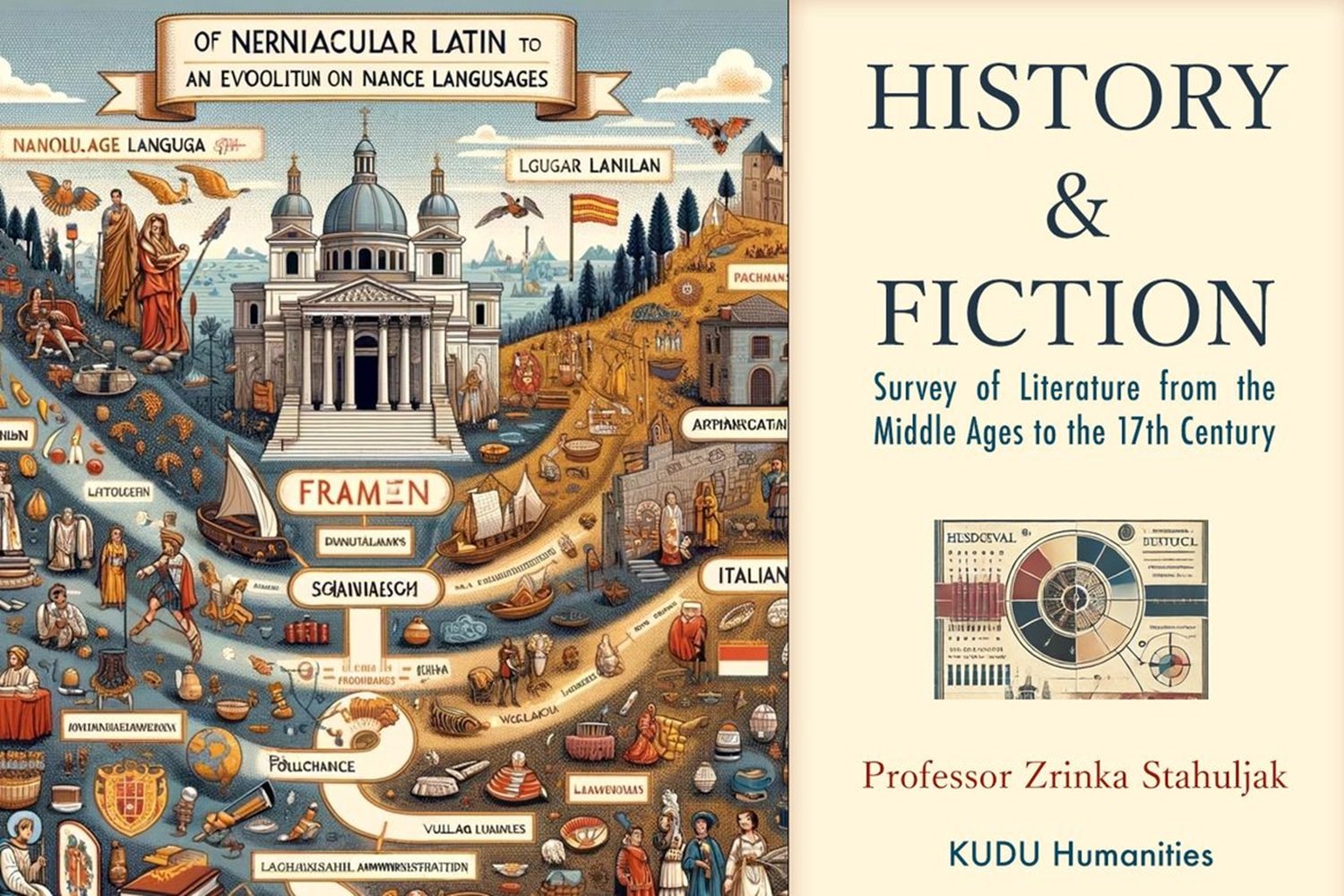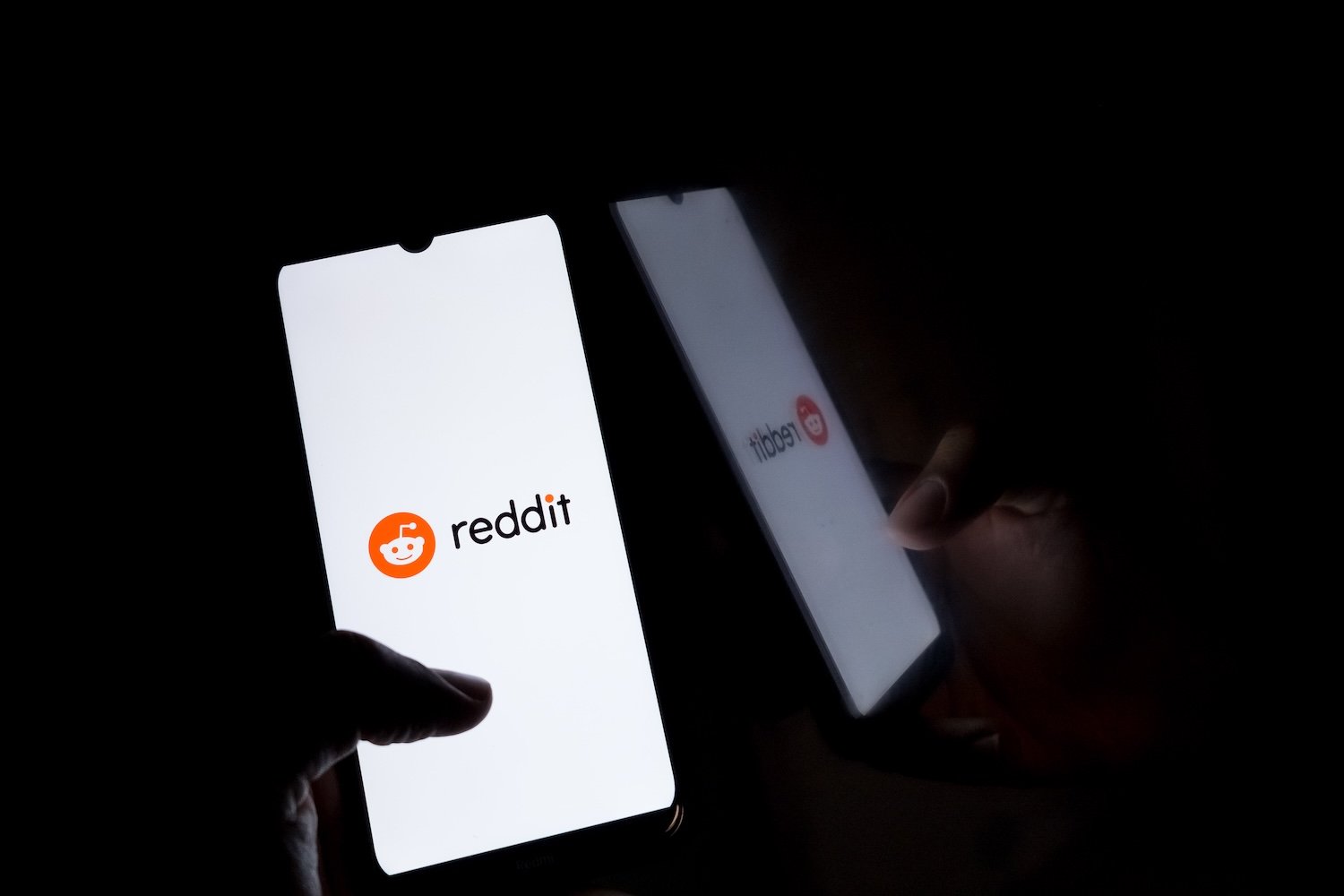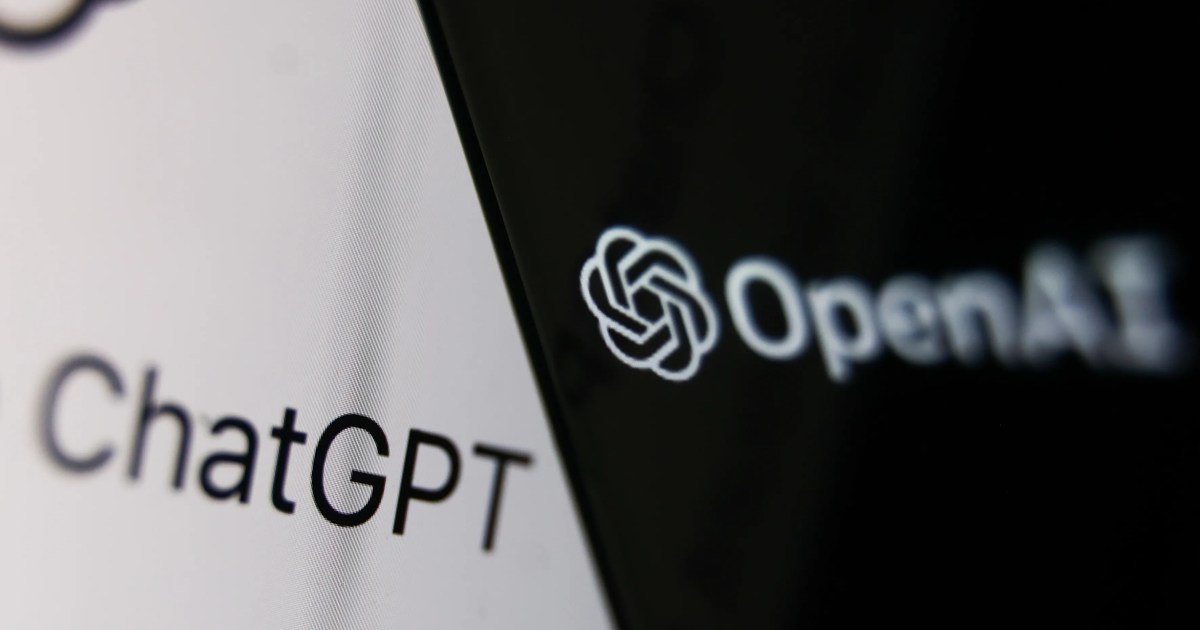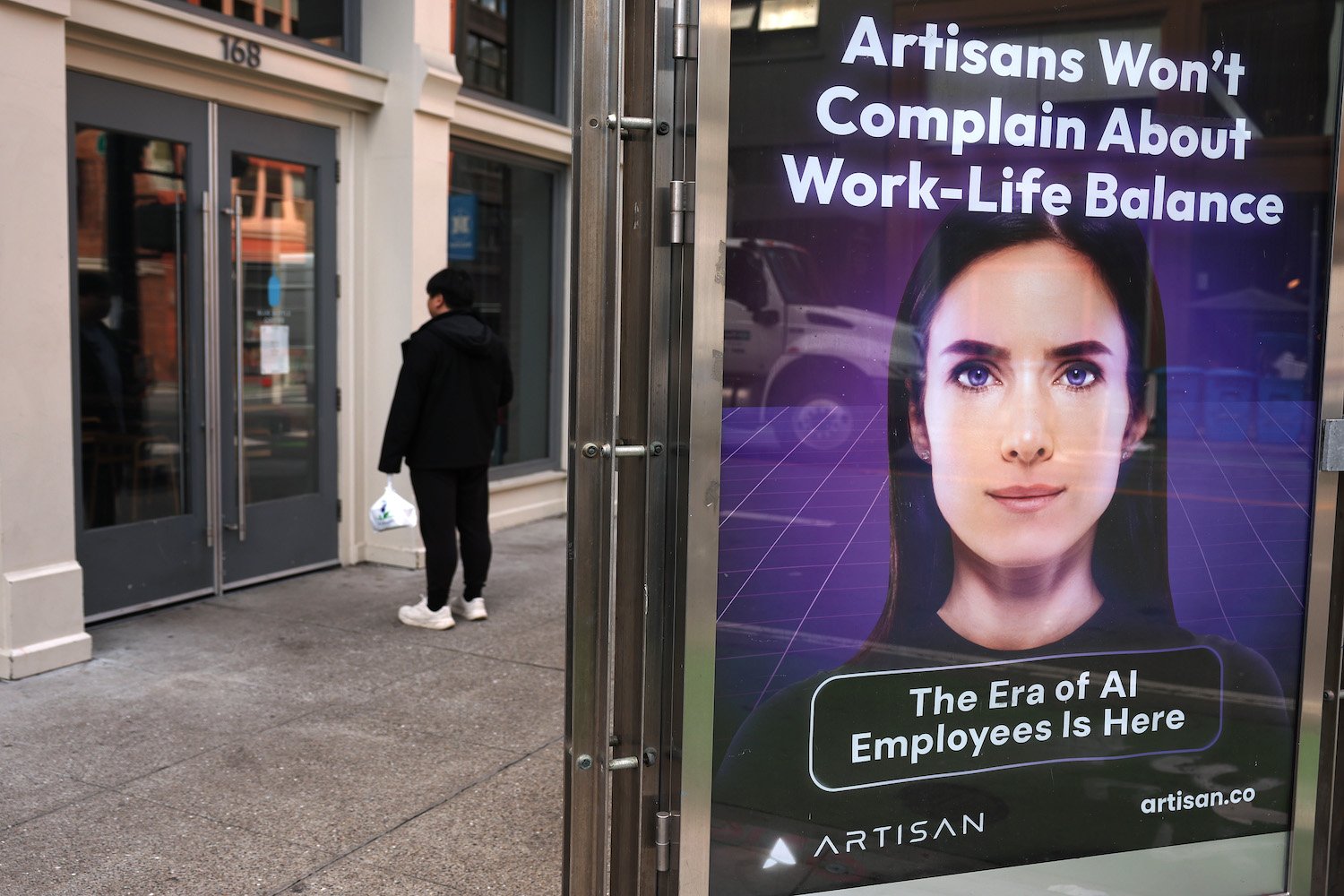UCLA is set to utilize an AI-generated textbook for a comparative literature class in 2025, marking the first instance of this technology being used in a Humanities course at the university. This follows the successful implementation of AI-generated materials in an introductory history class during the previous semester.
Professor Zrinka Stahuljak, who will teach the “History & Fiction: Survey of Literature from the Middle Ages to the 17th Century” course, welcomes the adoption of AI-generated course materials. She believes this approach will free up valuable time for instructors to focus on developing students’ analytical, critical thinking, and reading skills, particularly beneficial in large classes.
AI-Powered Textbooks: A Potential Solution to Textbook Costs
The AI textbook is produced by Kudu, a company offering a potential solution to the often exorbitant cost of traditional college textbooks. The traditional textbook market has long been criticized for its high prices, frequent revisions with minimal changes, and the added expense of online access codes.
Kudu’s online textbook, priced at $25 per semester, eliminates the need for physical textbooks and offers a more affordable alternative. The platform provides interactive content, including written materials, videos, and assignments.
Collaborative Textbook Development and Fact-Checking Process
The development of the AI-generated textbook is a collaborative effort between Kudu and the professor. The process, which takes approximately four months, involves inputting course notes, presentations, and videos from previous iterations of the course into the system.
Following the generation of content, the professor and a student fact-checker meticulously review and revise the material. This ensures accuracy and aligns the content with the course objectives.
Interactive Features and Built-in Safeguards
Kudu’s platform incorporates interactive features, including a chatbot limited to responding based on the provided course content. This feature aims to assist students while mitigating the risk of using external AI tools for assignments. Kudu also claims to have a system for detecting AI-generated student responses.
A demonstration video on Kudu’s website showcases educators Hank and John Green discussing nuclear science and Roman history within the platform.
Enhanced Learning Experience and Focus on Student Engagement
Professor Stahuljak anticipates that the use of Kudu will allow both her and her teaching assistants to dedicate more time to direct student interaction. With contextual information readily available within the AI textbook, instructors can engage students more effectively in analyzing primary sources and developing critical thinking skills.
By streamlining the presentation of course material, the AI-powered textbook allows educators to prioritize personalized instruction and foster deeper student engagement.











